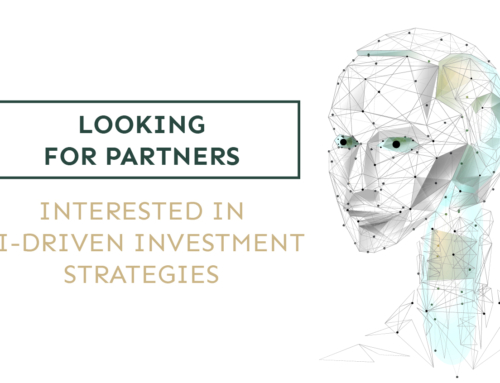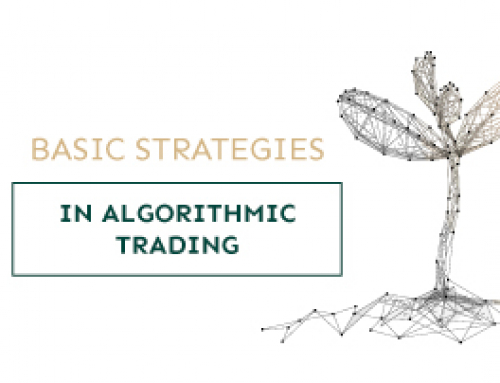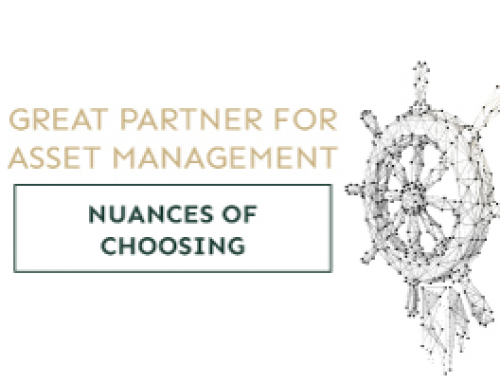Almost every one of us has heard about passive income at least once in a life. Someone has read articles on the Internet, someone saw ads on YouTube, and someone was invited to the training. And probably at least one person from their inner circle shared their experience or offered some source of passive income. So, why is there so much different information on this topic, but so few people have learned in practice to receive good passive income on a regular basis, and not be content with small irregular earnings?! Let’s look at this topic in more detail, compare the various options for passive income, their effectiveness, and profitability. We will also go through the most common misconceptions – which monetization formats can be considered passive income, and which cannot.
Bank deposit
This is probably the most popular passive income option that everyone has heard about. It would seem to be the most affordable and simple ways – take your free money to the bank, put it in a savings account or open a deposit, and then receive interest income on a regular basis (monthly, quarterly, or once a year). Actively lending banks are still ready to pay it for the use of borrowed funds in lending programs for legal entities and individuals with even higher interest rates.
The option is simple, affordable, but what is its profitability these days? The answer may not please potential investors. Due to the decline of interest by virtually all central banks in most countries of the world, even the highest interest rates on bank deposits are no longer able to cover the annual inflation rate.
Today, some banks from developed countries began to offer negative rates on deposit products. So, it turns out that depositors not only do not receive income from transferring their money to the bank “for temporary use”, but they themselves have to pay extra for saving their “hard-earned” in deposit accounts.
In the Eastern European countries, which are part of the EU, the average rates on deposits are still positive and fluctuate between 0.01-2.4percent per annum, which does not allow counting on significant income.
In developing countries such as Ukraine, Turkey, some African and Asian states, you can still find relatively high rates on deposits in local currency – up to 10-20% per annum. But they are eaten up by inflation, whose indicators rarely fall below 20% per year (according to official data), and its real rate can even reach 50-100%. Besides, in such countries, there are risks of the instability of the banking system, high rates of devaluation of the local currency, and bureaucratic obstacles for non-resident depositors.
As you can see, receiving passive income from deposits in a bank is an established illusion. Dealing with deposits, taking into account the current inflation rate, at best, will turn out to go to zero. In the worst case, after a year of storage in the bank, your deposit will not only loses about 20% of its purchasing power (prices for goods/services are guaranteed to rise during this time) but in some countries, you will also have to pay extra for such a service to the bank.
Investments in real estate
Not so long ago, the popular scheme of buying real estate with its subsequent renting out today is losing its attractiveness. On the one hand, this was facilitated by the coronavirus pandemic, the closure of borders, the adoption of measures to restrict the movement of citizens even within countries, and the curtailment of the usual tourist activity. On the other hand, the decline in demand for real estate (up to 35% in many countries) is also dictated by the outflow of internal labor migrants from large cities and megalopolises. Thus, many apartments that were previously rented out stably are now forced to stand idle and no longer bring income, but only expenses (utilities in large cities are not cheap pleasures). Forecasts for the restoration of the previous tourist activity and demand for rental housing by the end of this year remain disappointing. Yes, with the right attitude, marketing, and a wide system of bonuses with your individual work with a target audience, you can make a profit, as in the “good old days”, but this probability is now extremely minimal. In addition, you will have to spend a lot on advertising, and this only promises additional costs. It remains to be hoped for an increase in the value of the underlying asset after the end of the pandemic, the global crisis, and the restoration of the usual tourist traffic.
The same picture is in the commercial real estate market – companies are forced to transfer most of their employees to remote work and move to cheaper or smaller offices. In this case, it becomes unprofitable to maintain large, half-empty offices.
All these factors make the purchase of real estate for the purpose of a subsequent lease in the next two years an inexpedient and high-risk investment. Instead of receiving passive income from renting out real estate, you can get an object that requires only a constant investment of funds.
The same applies to buying a car from the United States and then renting it out to taxi companies or reselling it with high margins to other countries. Such investigations are now also high-risk and have nothing in common with passive income.
Investment in precious metals
Many experts mistakenly classify investments in gold and other precious metals as sources of passive income. Because, you can buy gold, wait a few years and you are guaranteed to sell it at a profit. This way was relevant until the middle of the last century, while the “gold standard” was using, establishing the relevance of the denomination of banknotes to a certain weight of gold in any bank. This approach has contributed to the constant growth of the value of gold and maintained its status as the most wanted and profitable asset in the world. After the abolition of the “gold standard”, all banks began to print virtually unsecured banknotes, and the precious metals lost their former investment attractiveness. And now, to receive income from investments in gold, you need to wait a very long time, sometimes tens of years. Especially, considering that the price of gold has not been increasing recently, but only decreasing (as you can see in the chart below).
Also, do not forget about a number of other disadvantages of this type of investment:
- additional costs for safe storage (you will have to pay for this service to the bank or spend money on buying a safe, installing an alarm, etc.);
- high bank commissions on sales, which significantly reduce profits;
- low liquidity of assets of this class.






Leave A Comment